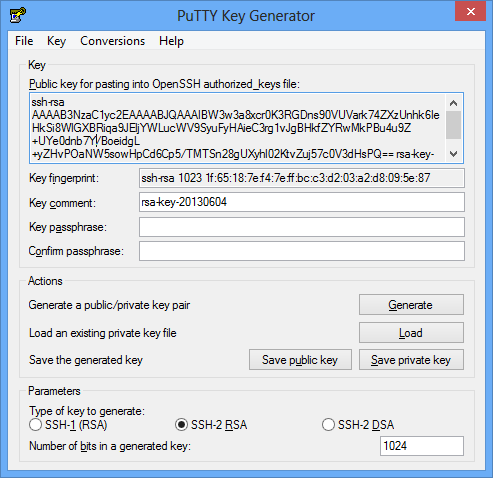

Specify a user and host name to PSCP as normal. So you would do this:Įnsure Pageant is running, and has your private key stored in it. Thirdly, PSCP will attempt to authenticate using Pageant if Pageant is running (see chapter 9).

See section 3.8.3.18 for more information.

So you would do this: Run PuTTY, and create a PuTTY saved session (see section 4.1.2) which specifies your private key file (see section 4.22.8. Ctrl + O to save the file, then Ctrl+X to exit. This key should be a single line in the file. Paste the public key from Notepad into Nano. For this example, we’ll use the username darian. Firstly, PSCP can use PuTTY saved sessions in place of hostnames (see section 5.2.1.2 ). Connect to the device over SSH and login using your (non-root) username and password. Secondly, you can supply the name of a private key file on the command line, with the -i option. Like PuTTY, PSCP can authenticate using a public key instead of a password. In PSCP, you can now use the name of the session instead of a hostname: type pscp sessionname:file localfile, where sessionname is replaced by the name of your saved session. You will probably also want to specify a username to log in as (see section 4.14.1). Run PuTTY, and create a PuTTY saved session (see section 4.1.2) which specifies your private key file (see section 4.22.8). There are three ways you can do this.įirstly, PSCP can use PuTTY saved sessions in place of hostnames (see section 5.2.1.2). Like PuTTY, PSCP can authenticate using a public key instead of a password. Previous page next page 5.2.4 Using public key authentication with PSCP


 0 kommentar(er)
0 kommentar(er)
